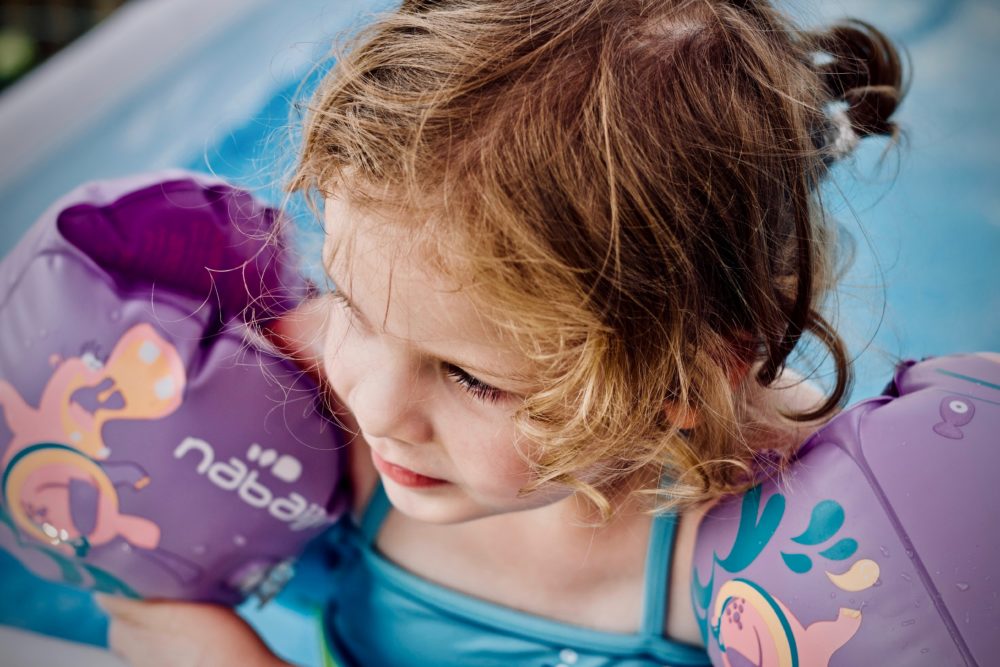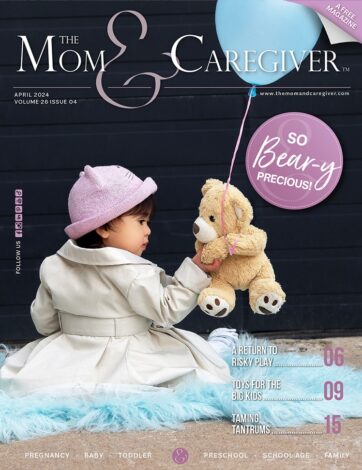7 Ways to Stay Safe in the Sun
Exposure to UV rays can harm the skin and eyes (eg. skin cancer, sunburns, eye lesions, cataracts, etc.) and does not protect nor cure COVID-19. Protect children’s skin and eyes from the sun to decrease the risk of these preventable health risks.
Children’s Sun Exposure – Key Facts
- Over half of Ontario children spend at least two hours in the sun.
- Children are often outside when UV rays are the strongest.
- Children’s skin is more at risk for sun damage.
- Play areas often do not have enough shade.

Enjoy the Sun Safely: Protect skin and eyes
- Time of Day: If you can, limit time in the sun when the UV Index is 3 or higher, usually between 11 a.m. to 3 p.m.
- Shade: Seek shade or make shade by using an umbrella, a UV protective tent, or pop-up shade shelter. Keep babies younger than one year of age out of direct sunlight.
- Cover Up: Wear clothes that cover as much skin as possible or UV-protective clothing. Wear a wide-brimmed hat or baseball cap with flaps that cover the head, neck, and ears.
- Sunscreen: Apply plenty of sunscreen with SPF 30 or more, labeled ‘broad spectrum’ and ‘water-resistant’. Reapply when needed (especially after swimming, sweating, or toweling). Use a sunscreen lip balm. Sunscreen may be used on babies over six months of age; avoid the mouth and eye areas.
- Sunglasses: Wear close-fitting wrap-around sunglasses with UV 400 or 100% UV protection. Children’s and babies’ sunglasses should be unbreakable.
Things to Avoid
- Children should avoid getting a tan or sunburn.
Don’t expose children to UV rays to meet vitamin D needs. Use food or supplements instead.
Resources
- Sun Safety Factsheets – For Children, Outdoor Sports & Recreation, and Sunscreen
Sasha Girden, Public Health Nurse, for the Middlesex-London Community Early Years Partnership
The Community Early Years Partnership disseminates information about and promotes optimal infant and early childhood development to healthcare providers, community partners, parents and caregivers.














